
Visual Art |
Up |
Prev |
Next |
"Aniline", the hue, is just on the blue side of Magenta. It is the colour of various flowers, a few sea creatures and the cut cystal of amethyst. It is also widely used in fashion and is the original "Roman" or "Royal" Purple. Most people regard this hue as "purple" but, although it was the original exemplar for this name, in the modern world we can see that "true" Purple is the adjacent hue and is a little richer than this one.
Aniline, (aka phenylamine or aminobenzene), is an organic compound with the formula C6H5NH2. Mauve was first named in 1856. Chemist Sir William Henry Perkin, then eighteen, was attempting to create artificial quinine. An unexpected residue caught his eye, which turned out to be the first aniline dye – specifically, Perkin's mauve or mauveine, sometimes called aniline purple.
Tyrian Purple dye has been avilable from Roman times, so, although very expensive, it has always been represented in clothing. Cheaper Aniline dyes available from the late 1800s enabled its use in fashion for all and of course it became very popular. Painters in the past struggled to represent this hue as they did with true Purple, being forced to rely on the dirty colours obtained by mixing some form of blue with crimson. This was ok for dull landscapes but not really good enough for bright clothing.
Today artists can mix spectacular shades of Aniline from Quinacridone Magenta, Dioxazine Purple, Pthalo Blue and other modern pigments.
| Lilac | Lilac | Dahlia "Glenmarc Margaret" |
| HSB 284°, 36%, 100% RGB 230, 163, 255 |
 |
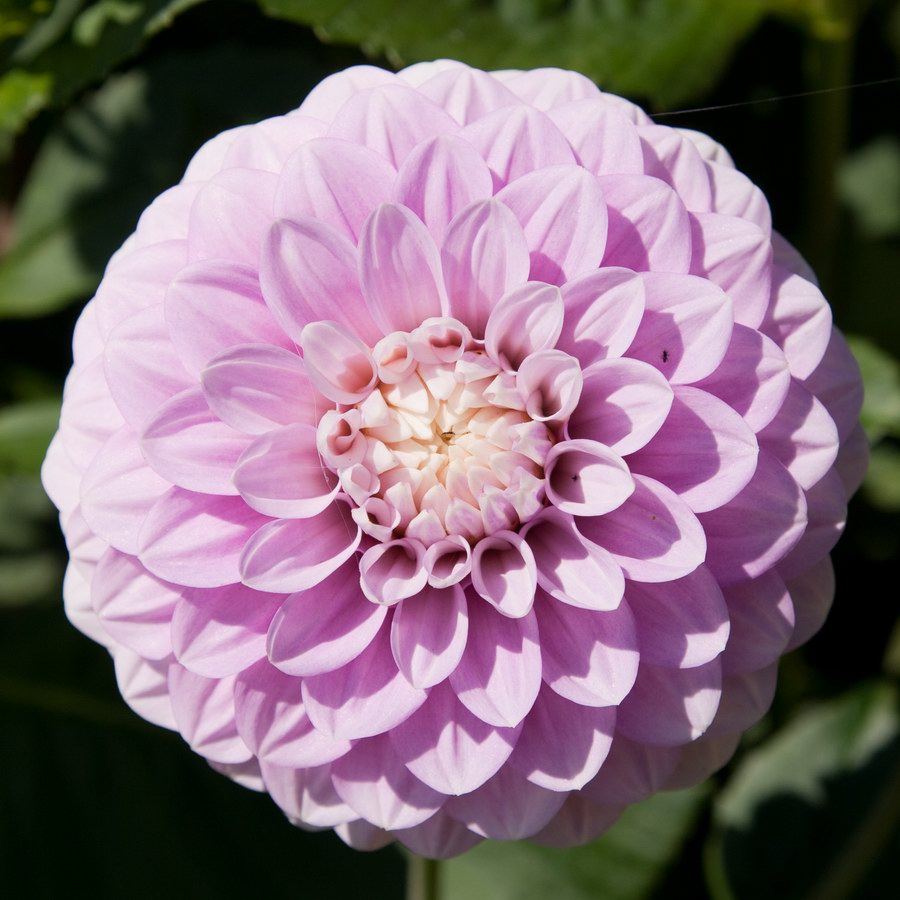 |
| "Lilac" is the colour of various flowers. | Here is an example of a lilac that is Lilac in colour! Lilacs do vary in colour and can be slightly in hue but not enough to put them in the adjacent category which is Light Magenta. | Dahlias are a genus of tuberous herbaceous flowering plants from Central America. They have been cultivated intensively for at least 200 years and their magnifcent flowers come in a large array of sizes and shapes and a vast array or bright colours, every hue from Purple to Yellow, perhaps the widest and brightest array of colours from any single genus. This one is named "Glenmarc Margaret". |
| Rose Of Sharon | Rose Of Sharon | Scented Paperbark |
| HSB 286°, 100%, 100% RGB 196, 0, 255 |
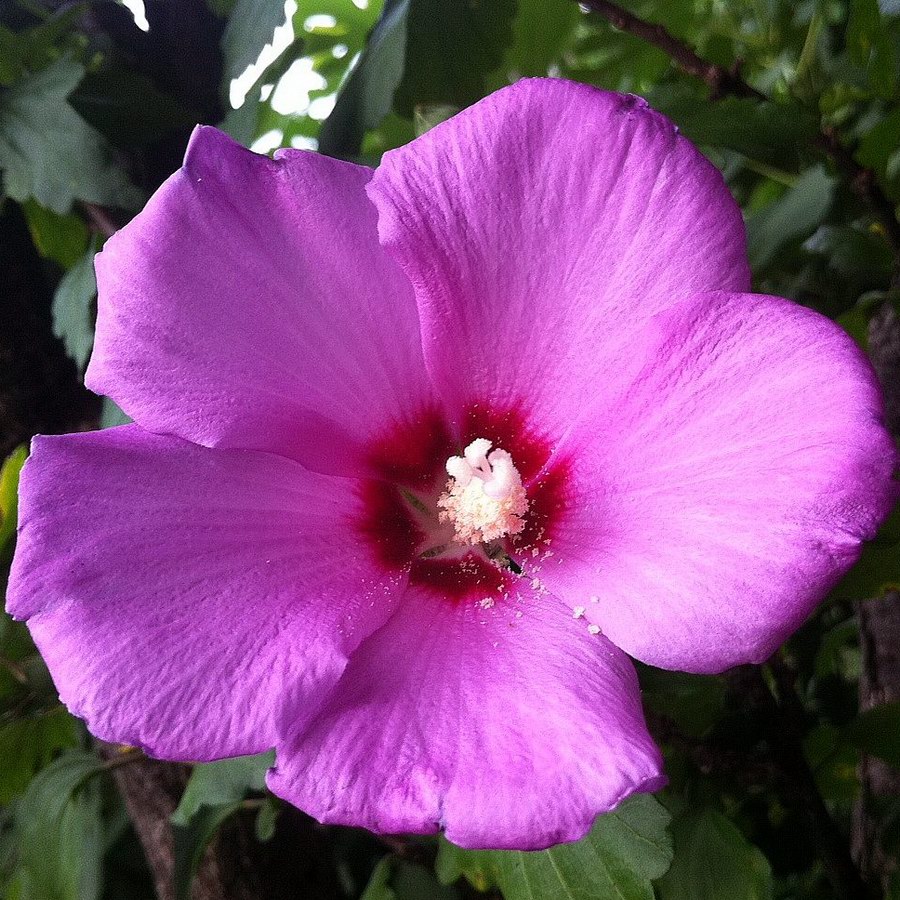 |
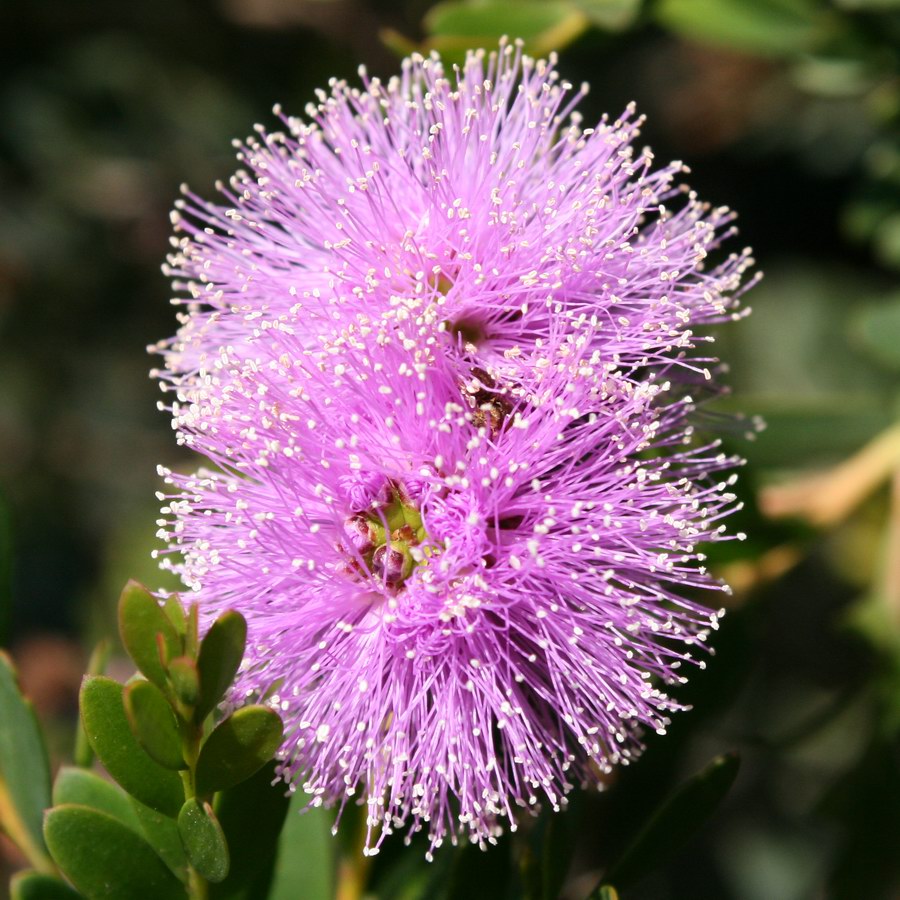 |
| "Rose Of Sharon" is the colour of ... | Rose Of Sharon is a name given to several different species of flowering plants. For the purposes of this colour chart however it only refers to Hibiscus syriacus the national flower of Korea. These flowers are cultivated and consequently hav considerable variation in colour. I think this one is named "Woodbridge". | Scented Paperbark (Melaleuca decussata) is a shrub native to Australia. |
| Purple Daisy | Purple Daisy | Missing |
| HSB 290°, 100%, 73% RGB 155, 0, 186 |
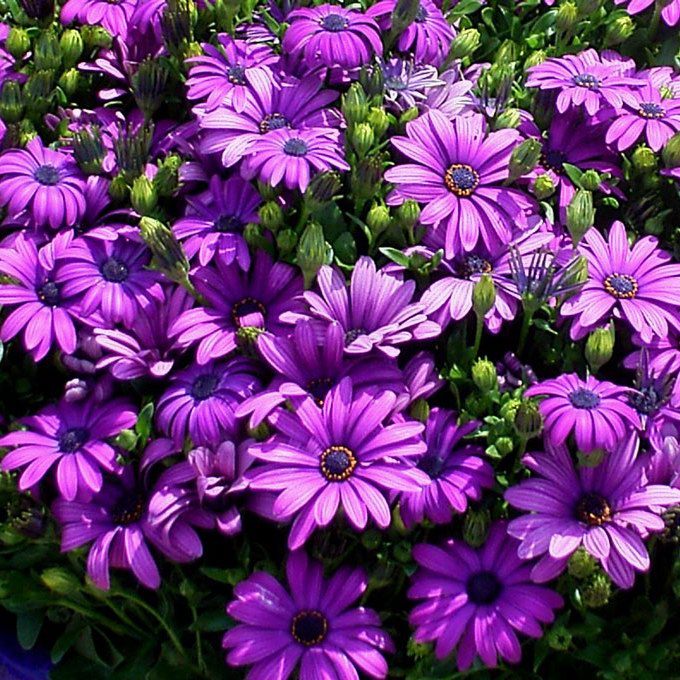 |
 |
| "Purple Daisy" is the colour of ... | African Daisies (Osteospermum) seen in gardens are often purple. This cultivar is "Impassion Purple". | If you find another natural object of the colour swatch on the left please email me. |
| Aniline | Aniline | Purple Sea Star |
| HSB 290°, 100%, 59% RGB 124, 0, 150 |
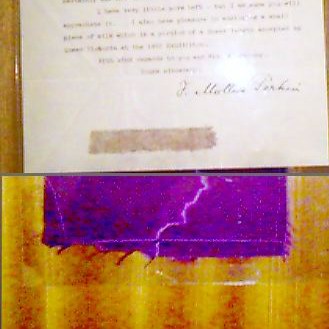 |
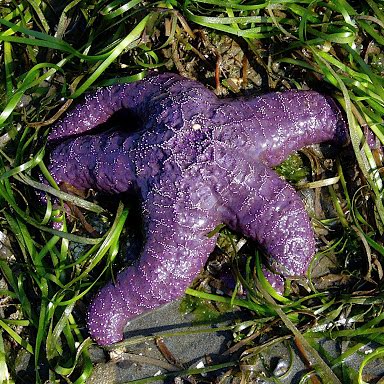 |
| "Aniline" is the colour of ... | Anilines do vary in colour and can be slightly in hue but not enough to put them in the adjacent category which is ... | The Purple Sea Star (Pisaster ochraceus) is a common starfish of the Pacific Ocean. Its colour is typically dark magenta as seen here but can also be orange or ochre. |
| Amethyst | Amethyst | Tyrian Purple |
| HSB 290°, 100%, 40% RGB 86, 0, 102 |
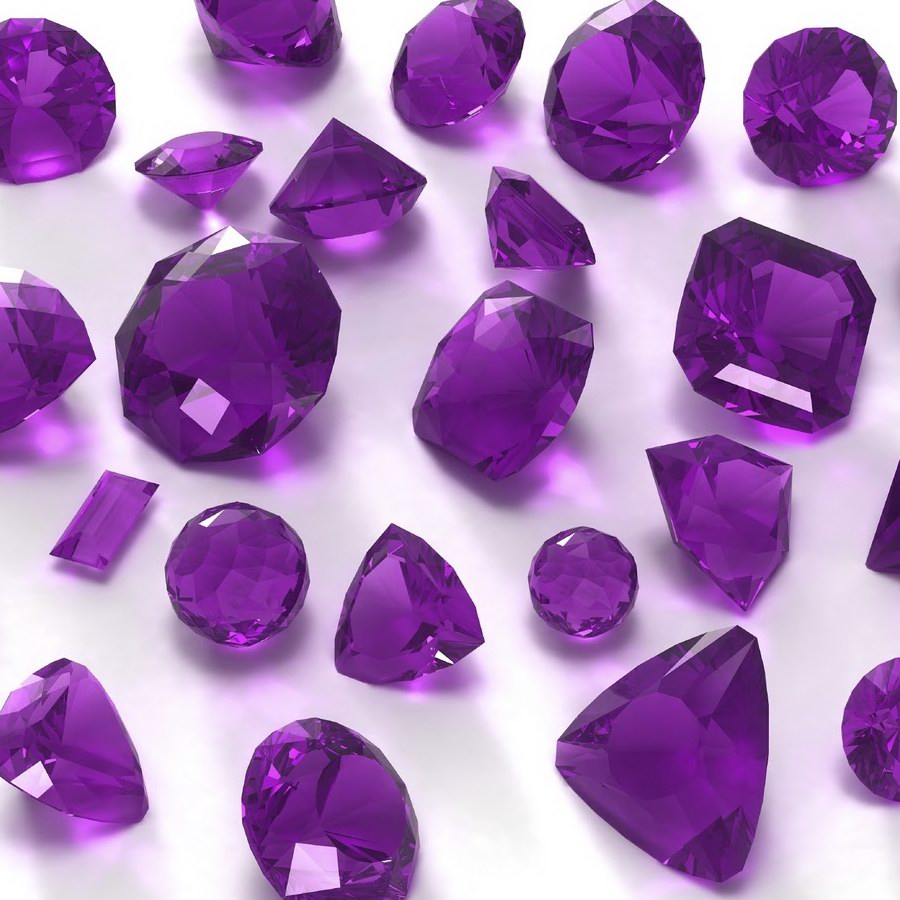 |
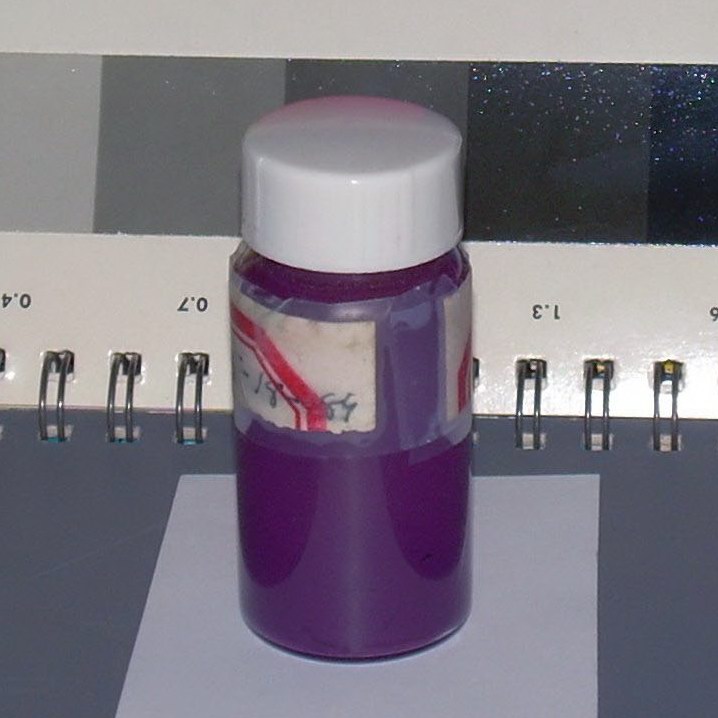 |
| "Amethyst" is the colour of the spectacluar Amethyst crystal and of pure Tyrian Purple. | Amethyst is a variety of quartz crystal with iron and other impurities that give it its characteristic violet hue. Amethysts in the rough, like most gemstones, exhibit some colour variation, but this is a typical representation of the cut stone. | "Tyrian Purple is the famous purple used by the wealthy and powerful from the time of the ancient Phoenicians. It was made from the mucous secretions of the Murex sea snail and difficult to obtain in the necessary quantity which made it extremely expensive. This is a bottle of dibromoindigo, the active ingredient. |